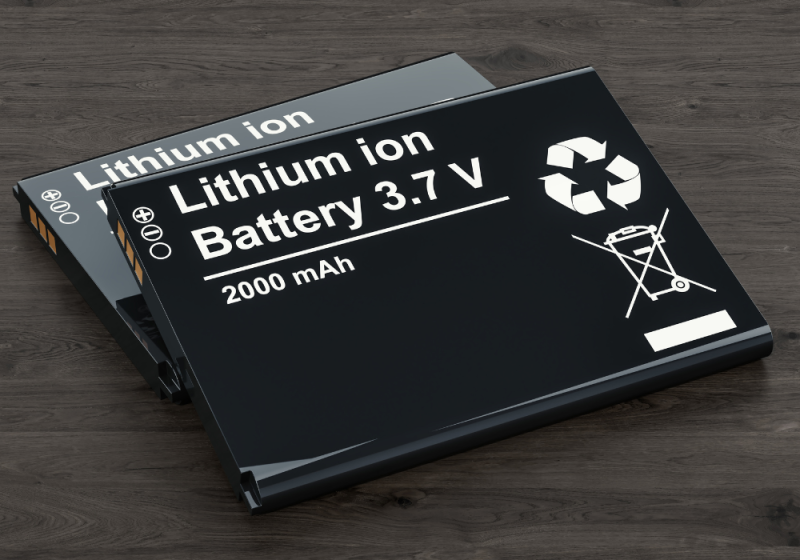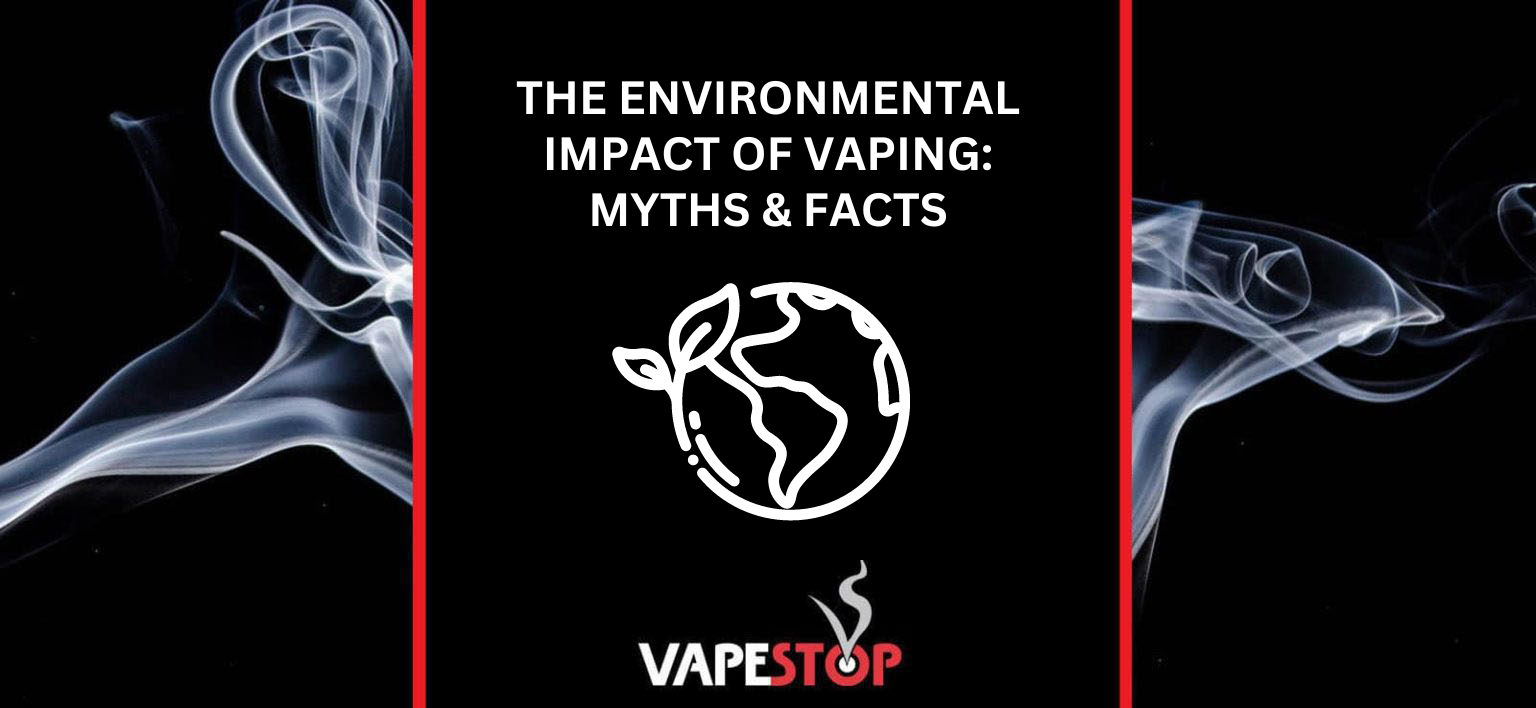Vaping has taken the world by storm, offering a seemingly healthier alternative to traditional smoking. With sleek devices and an array of flavours, it’s no wonder vaping has become so popular. But with its rise in popularity comes a slew of concerns, especially regarding its environmental impact. Are these worries justified, or are they blown out of proportion? This blog post dives into the myths and facts surrounding vaping and the environment, aiming to provide clear, factual insights for vapers and eco-conscious consumers alike. By the end of this read, you’ll have a comprehensive understanding of vaping’s true environmental footprint and how you can make more sustainable choices.
Understanding Vaping and the Environment
 How Vaping Devices Work
How Vaping Devices Work
Vaping devices, or e-cigarettes, operate by heating a liquid (commonly known as e-juice) to produce vapour. These devices typically contain a battery, a heating element, and a chamber to hold the e-juice. When activated, the heating element warms up the liquid, turning it into vapour that users inhale. The simplicity of this mechanism belies the sophisticated engineering involved in ensuring safety and efficiency.
Unlike traditional cigarettes, which burn tobacco to produce smoke, vaping eliminates the combustion process. This means fewer harmful chemicals are produced, not just for the user but also for those around them. However, it’s essential to weigh these benefits against potential environmental drawbacks.
Vaping vs. Traditional Smoking
When comparing the environmental impact of vaping to traditional smoking, several factors come into play. Tobacco farming, cigarette manufacturing, and the disposal of cigarette butts all contribute significantly to environmental degradation. For instance, cigarette butts are the most commonly littered item globally, taking years to decompose and releasing toxic chemicals into the soil and waterways.
In contrast, vaping devices are often marketed as a cleaner alternative. They don’t produce ash or cigarette butts, and the absence of combustion means fewer pollutants are released into the air. However, this doesn’t mean vaping is entirely green. The environmental impact of vaping lies hidden in the production and disposal of its components, which we will explore in the subsequent sections.
Debunking Myths Surrounding Vaping and the Environment
Common Misconceptions
One prevalent myth is that vaping is entirely harmless to the environment. While it’s true that vaping eliminates many issues associated with smoking, such as littered cigarette butts and secondhand smoke, it isn’t without its own set of problems. For example, some believe that because vaping devices are electronic, they must be environmentally friendly. This assumption overlooks the lifecycle of these devices, from production to disposal.
Another misconception is that e-juice, being a liquid, has minimal environmental impact. However, the production of e-juice involves various chemical processes and packaging, which contribute to pollution and waste. Misunderstanding these aspects can lead to an underestimation of vaping’s environmental footprint.
 Scientific Evidence
Scientific Evidence
Scientific studies debunk these myths by highlighting the environmental costs of vaping. For instance, the production of lithium-ion batteries, commonly used in vaping devices, is resource-intensive and can lead to significant ecological damage if not disposed of properly. Additionally, the plastic and metal components of these devices contribute to electronic waste, a growing concern in today’s tech-driven world.
Research also points out that while e-juice may seem benign, it often contains nicotine, propylene glycol, and other chemicals. The manufacturing process for these substances can release pollutants into the air and water, affecting ecosystems. By understanding these facts, consumers can make more informed decisions about their vaping habits.
The Real Environmental Concerns with Vaping
E-Juice Production and Disposal
The production of e-juice involves several steps, each with its own environmental impact. The extraction and synthesis of nicotine, for instance, require chemical processes that can result in hazardous waste. Similarly, the production of propylene glycol and flavouring agents involves industrial methods that may release pollutants.
The disposal of e-juice containers presents another challenge. While many bottles are made of recyclable plastic, improper disposal often leads to them ending up in landfills. Furthermore, residual e-juice left in the containers can seep into the soil, posing risks to local water sources and wildlife.
Minimizing Environmental Footprint
Despite these concerns, there are ways to minimize the environmental impact of vaping. One approach is to opt for refillable vaping devices instead of single-use ones. Refillable devices reduce waste by allowing users to reuse components, minimizing the need for constant replacements. Additionally, choosing e-juice brands that prioritize sustainable practices, such as using recyclable packaging and eco-friendly ingredients, can make a significant difference.
Another practical step is the proper disposal of vaping components. Batteries, for example, should be recycled through designated electronic waste programs to prevent harmful chemicals from leaching into the environment. Similarly, users should clean out and recycle e-juice bottles whenever possible. By making these small changes, vapers can contribute to a more sustainable vaping culture.
In conclusion, while vaping presents certain advantages over traditional smoking, it is not without its environmental challenges. By debunking myths and understanding the actual impact of vaping on the environment, consumers can make more informed choices. The production and disposal of e-juice and vaping devices pose significant ecological concerns, but there are ways to mitigate these effects.
Choosing refillable devices, supporting sustainable brands, and practicing proper disposal methods are all steps towards a greener vaping experience. Ultimately, the potential for a more environmentally friendly vaping industry lies in the hands of both manufacturers and consumers. By staying informed and making conscious choices, we can pave the way for a healthier planet.
Ready to take the next step? Engage with our community and explore eco-friendly vaping options today. Let’s work together to create a greener future for all.

